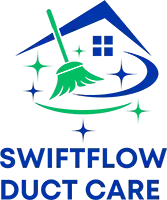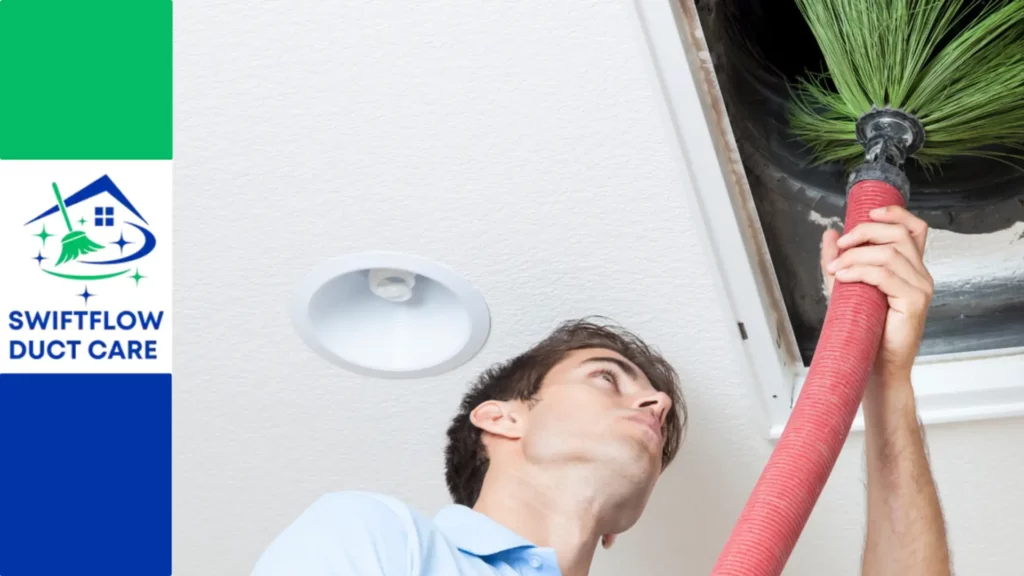While air duct cleaning is essential for removing mold and debris from your HVAC system, maintaining clean ducts requires consistent effort and attention to factors that promote a mold-free environment. Mold thrives in damp, stagnant conditions, and proactive measures can go a long way in preventing its growth. By understanding the contributing factors and adopting preventive practices, you can ensure a healthier, cleaner indoor air system.
The Role of Moisture in Mold Formation
Moisture is the primary culprit behind mold growth in ductwork. Condensation can occur when warm air meets cool surfaces inside the ducts, particularly in humid environments or during seasonal temperature shifts. Leaky ducts, clogged filters, or poor ventilation exacerbate the issue, creating an environment where mold spores can flourish. Controlling moisture is key to keeping your ducts mold-free.
Proper Ventilation and Humidity Control
One of the most effective ways to prevent mold is by regulating indoor humidity levels. Dehumidifiers and air conditioners help maintain optimal moisture levels, reducing condensation inside ducts. Additionally, ensuring proper ventilation in areas prone to high humidity, such as bathrooms and kitchens, prevents excess moisture from entering the air system. Routine inspections of your HVAC system can identify and address ventilation issues before they contribute to mold problems.
Regular Filter Maintenance
Filters are your first line of defense against mold and other contaminants entering the air ducts. Dirty or clogged filters allow dust, debris, and moisture to accumulate within the system, creating favorable conditions for mold growth. Changing or cleaning filters as recommended by your HVAC manufacturer ensures that your system operates efficiently and stays free from contaminants that promote mold.
Professional Inspections and Preventive Cleaning
Even with consistent maintenance, professional air duct cleaning and inspections remain crucial. While preventive measures minimize mold risks, cleaning removes buildup and contaminants that may not be accessible through routine efforts. Technicians can also spot potential issues, such as leaky ducts or damaged insulation, that might lead to moisture accumulation or mold growth. Combining regular inspections with preventive practices ensures long-term duct cleanliness and air quality.
Keeping your ducts clean and mold-free requires more than just air duct cleaning. By managing moisture, maintaining filters, and scheduling periodic professional inspections, you can protect your home from mold-related issues and enjoy fresher, healthier indoor air year-round.
Learn more:
Air Duct Cleaning: Long-Term Benefits for a Mold-Free Home

